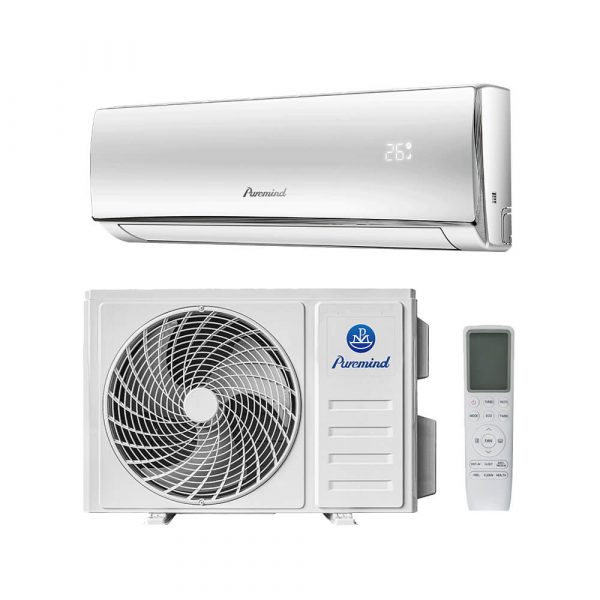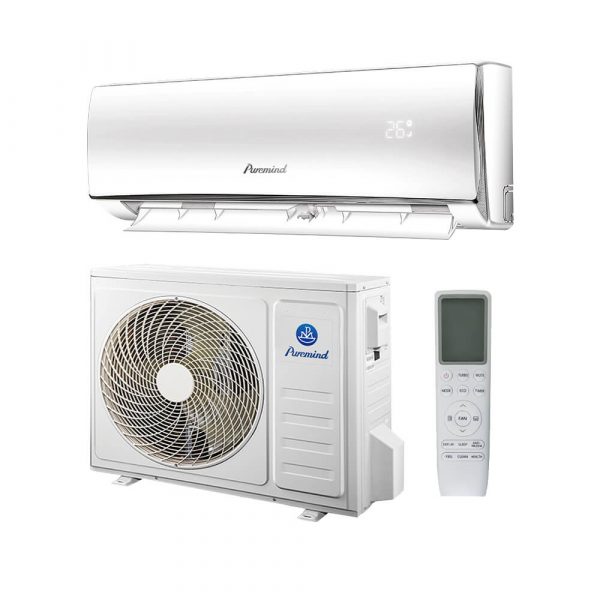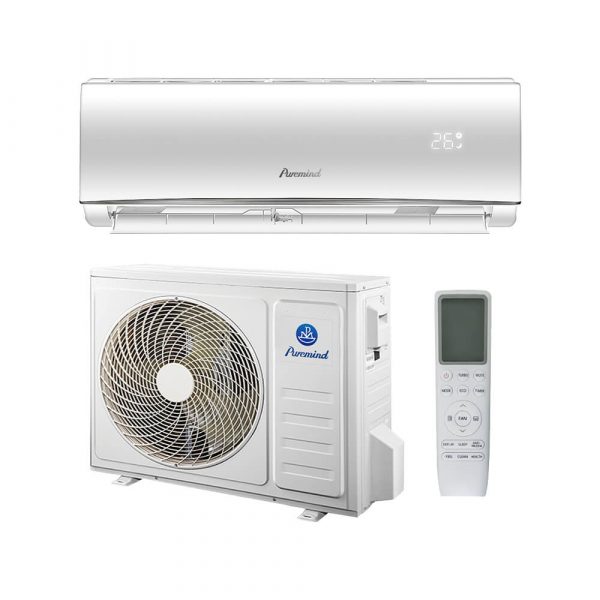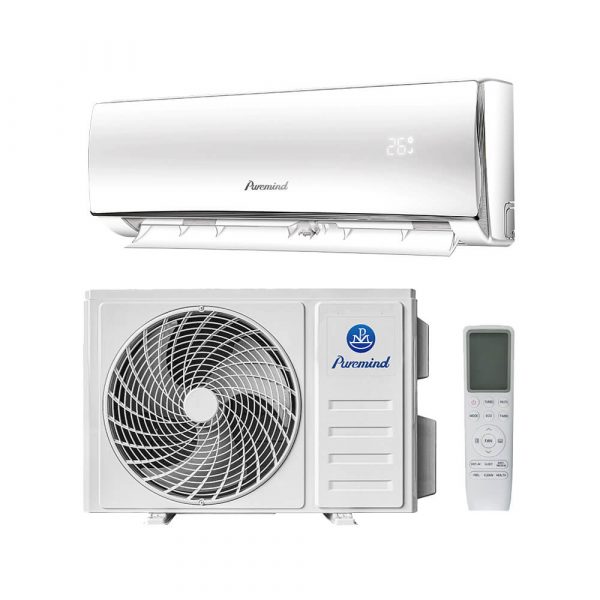Understanding the Split Air Conditioner Outdoor Unit: A Complete Guide
When it comes to modern cooling solutions, split air conditioners have become the go-to choice for both residential and commercial buildings. A key component that often goes unnoticed—but plays a vital role—is the split air conditioner outdoor unit. In this article, we will dive deep into what this unit is, how it works, what it contains, installation guidelines, maintenance tips, and how it contributes to overall system efficiency.
What Is a Split Air Conditioner Outdoor Unit?
The outdoor unit of a split air conditioner is the external part of the system that houses major mechanical components responsible for cooling the indoor environment. Typically installed on an exterior wall, terrace, or the ground floor, this unit works in tandem with the indoor unit to transfer heat from the inside of a building to the outside.
Key Components of the Outdoor Unit
The outdoor unit is often a metal casing containing the following vital components:
- Compressor: The heart of the system, it pumps refrigerant through the system by compressing low-pressure gas into high-pressure gas.
- Condenser Coil: Converts high-pressure gas into a liquid by releasing heat to the outside environment.
- Condenser Fan: Blows air across the condenser coil to assist in heat dissipation.
- Electrical Components: Includes capacitors, contactors, and circuit boards that control system operation.
- Refrigerant Lines: Connect the outdoor unit to the indoor unit and transport refrigerant.
How the Outdoor Unit Works
The cooling process begins inside the home, where warm air is absorbed and passed over the indoor unit’s evaporator coil. The refrigerant absorbs this heat and transforms into a gas. It is then pumped to the outdoor unit via copper tubing. Inside the outdoor unit, the refrigerant gas is compressed, and the resulting heat is expelled via the condenser coil and fan. The cooled liquid refrigerant is then sent back indoors to repeat the cycle.
Why the Outdoor Unit Matters
Many people focus solely on indoor aesthetics and cooling power, but the outdoor unit is equally important. A faulty or poorly maintained outdoor unit can:
- Reduce system efficiency
- Increase power consumption
- Cause compressor failure
- Shorten the overall lifespan of the AC system
Installation Guidelines for the Outdoor Unit
Proper installation of the outdoor unit is crucial for system performance and longevity. Here are some best practices:
1. Location Matters
Choose a location with adequate ventilation and protection from direct sunlight or heavy rain. Placing the unit in a shaded and open area improves efficiency.
2. Mounting Considerations
The unit should be mounted on a solid platform or bracket. Use anti-vibration pads to reduce noise and structural strain.
3. Distance from Indoor Unit
Minimize the length of refrigerant piping to improve efficiency. Most manufacturers recommend keeping the distance under 15 meters (50 feet).
4. Clearance Space
Ensure at least 12–24 inches of clearance on all sides for proper airflow and maintenance access.
5. Electrical Supply and Drainage
Use a dedicated circuit and ensure the unit is properly grounded. Also, verify the drainage system for condensation discharge is working efficiently.
Maintenance Tips for the Outdoor Unit
Regular maintenance helps extend the life of the split air conditioner and ensures optimal performance.
- Clean the coils: Use a soft brush or hose to clean dust, leaves, and dirt off the condenser coil every 3–6 months.
- Inspect fan blades: Ensure the blades are clean and balanced to prevent unnecessary vibration or noise.
- Check refrigerant lines: Look for signs of leakage or insulation damage and replace as needed.
- Tighten connections: Periodically inspect electrical and mechanical connections for looseness.
- Professional servicing: Have a technician inspect the system at least once a year to maintain its efficiency.
Common Issues with Outdoor Units and Solutions
| Issue | Cause | Solution |
|---|---|---|
| Unit not turning on | Tripped breaker, faulty capacitor | Check power supply; replace capacitor |
| Fan not spinning | Damaged motor or relay | Inspect and replace damaged parts |
| Unusual noise | Loose screws or debris | Tighten and clean the unit |
| Ice on the coils | Refrigerant leak or poor airflow | Call a professional for leak detection |
Looking for Durable Split AC Outdoor Units?
Choosing a reliable brand with a weather-resistant and high-efficiency outdoor unit is crucial for long-term performance. Puremind offers a wide range of durable, factory-direct split air conditioners with advanced outdoor units optimized for diverse climates. Whether for home, office, or industrial use, Puremind products ensure long-term savings and superior performance.
Conclusion
The split air conditioner outdoor unit is more than just a metal box outside your home—it’s the powerhouse behind your indoor comfort. Understanding its function, caring for its components, and ensuring proper installation can make a significant difference in your system’s efficiency and durability. If you’re planning to purchase or upgrade your split AC system, don’t overlook the quality of the outdoor unit. For expertly engineered and climate-ready solutions, explore the full product line at Puremind.







